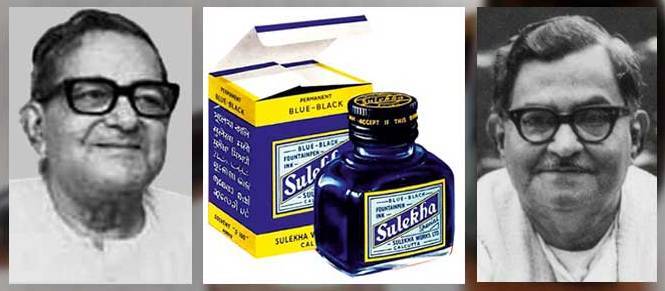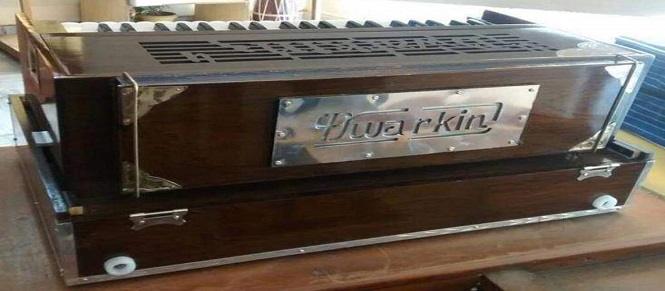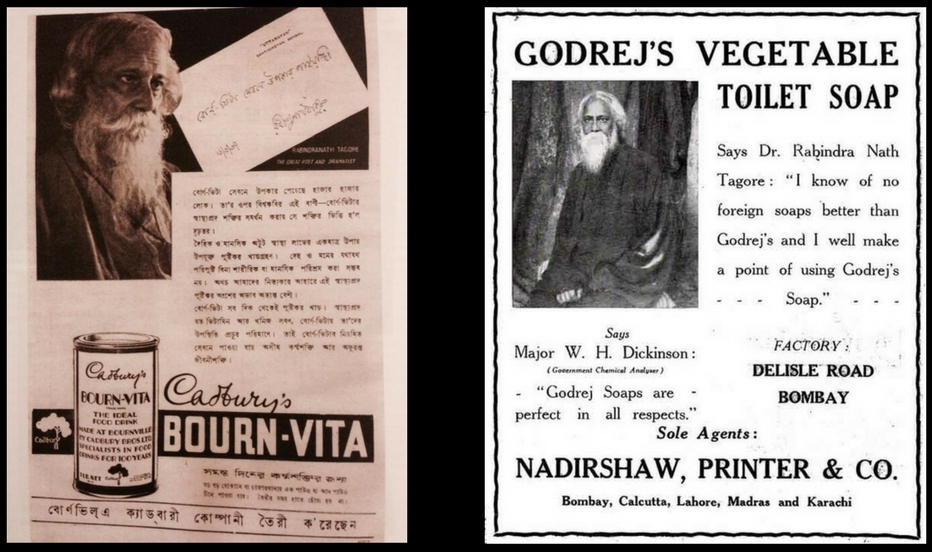Since the earlier times, the industrial history of Bengal is replete with several instances of entrepreneurship ventures based on the influence of western science and technology.
The staple industries of late-eighteenth century eastern India were cotton and silk textiles, salt production, ship-building and the supply of indigo. Local textile manufacturers held on to the competition with machine-made imports; silk textile production and sales increased, while output of cotton textiles declined only after woven cloth was imported in the 1830s. Salt, indigo and ship-building suffered decline, however until 1830, industrial Bengal remained buoyant under British rule.
These showed the resilience of economic agents in colonial Bengal and their ability to adapt to the changing circumstances brought about by colonial rule.
Sulekha:
 Founded by two ardent followers of Gandhiji at Rajshahi (now in Bangladesh), the company was considered to be a symbol of ‘Swadeshi Movement’ and self reliance.
Founded by two ardent followers of Gandhiji at Rajshahi (now in Bangladesh), the company was considered to be a symbol of ‘Swadeshi Movement’ and self reliance. Dwarkin:
 The name was coined by Upendrakishore Ray Chowdhury, combining the names of the founder and that of Thomas Dawkins, a Loondon-based instrument manufacturer from where the company imported musical instruments early on.
The name was coined by Upendrakishore Ray Chowdhury, combining the names of the founder and that of Thomas Dawkins, a Loondon-based instrument manufacturer from where the company imported musical instruments early on.The legacy of industrialization continued. The two World Wars and the Bengal Famine slowed down the growth a bit. However at the time of independence, Bengal ranked at the top in almost all the parameters of Economics, Business and Industry.



A very business and entrepreneur friendly atmosphere is prevailing for the last few years. With investor friendly policies of the Government in power, Bengal is an attractive destination for industry. The state will be a top ranking destination for industries in the near future.
This brief video showcases the rich and diverse industrial heritage / past of West Bengal.